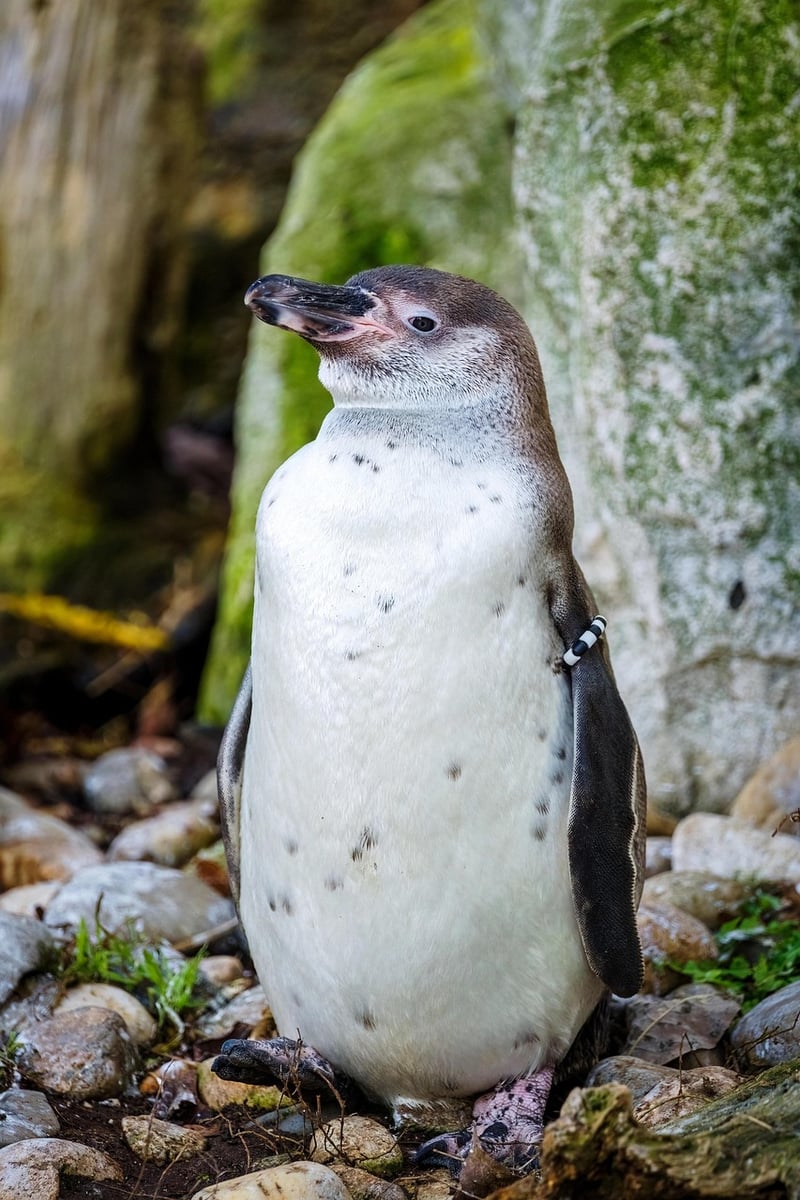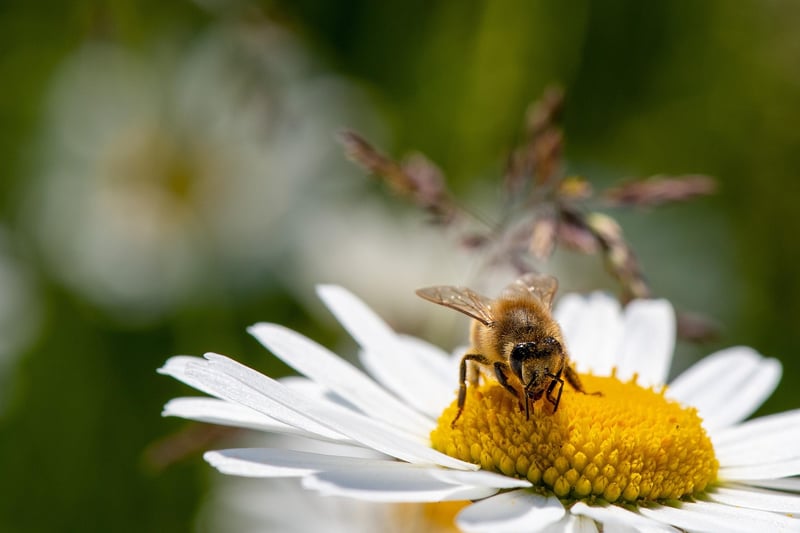Species Classification
Exploring Diverse Life Forms and Species Classification
Life on Earth is incredibly diverse, with an estimated 8.7 million species, but this number could range from 5 million to over 100 million. Understanding and classifying this vast array of life forms is fundamental to biology and conservation efforts.
What is Species Classification?
Species classification is the scientific process of categorizing living organisms into hierarchical groups based on shared characteristics. The system of classification we use today is called taxonomy, which was developed by Carl Linnaeus in the 18th century.
The Taxonomic Hierarchy
The taxonomic hierarchy consists of seven main levels, each becoming more specific than the last:
- Kingdom
- Phylum
- Class
- Order
- Family
- Genus
- Species
Examples of Classification
Let's look at an example: the domestic dog (Canis lupus familiaris):
- Kingdom: Animalia
- Phylum: Chordata
- Class: Mammalia
- Order: Carnivora
- Family: Canidae
- Genus: Canis
- Species: lupus familiaris
Importance of Species Classification
Species classification is crucial for several reasons:
- Identification: Helps in identifying and naming new species.
- Conservation: Aids in conservation efforts by understanding relationships and distributions of species.
- Research: Facilitates research by providing a framework for organizing and comparing organisms.
Exploring Life Forms
From microbes to mammals, the diversity of life forms is awe-inspiring. Here are a few examples:

Penguin (Spheniscidae): These flightless birds are well-adapted to aquatic life and are found in various regions from Antarctica to the Galápagos Islands.

Dolphin (Delphinidae): Known for their intelligence and playful behavior, dolphins are highly social marine mammals found across the world's oceans.
Conclusion
Species classification helps us make sense of the incredible variety of life forms on Earth. By organizing species into groups based on shared characteristics, we can better understand, appreciate, and protect the natural world around us.
Let's continue to explore the wonders of life and the fascinating ways in which organisms are classified!
